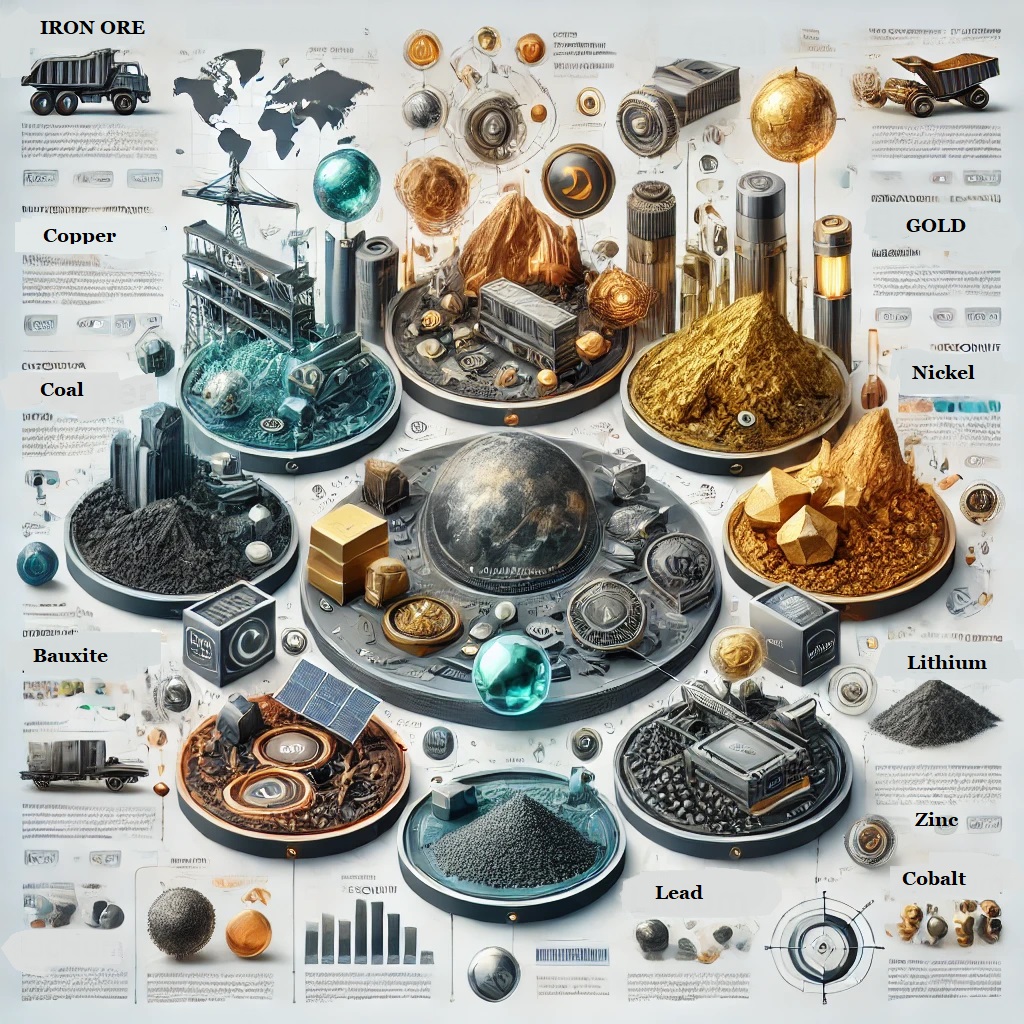Gold mining is a crucial economic activity worldwide, contributing significantly to the development of numerous countries while impacting the global economy. The extraction of gold involves various methods, technologies, and regulations that differ across regions.
Key Gold-Producing Countries
- China: As the world’s largest gold producer, China leads the industry with extensive mining operations primarily in the provinces of Shandong, Henan, and Jiangxi. The country’s significant investment in advanced mining technologies has bolstered its output.
- Australia: Known for its rich mineral deposits, Australia is a major player in the global gold mining sector. Key mining regions include Western Australia, particularly the Kalgoorlie and Super Pit mines.
- Russia: Russia’s vast and diverse geology supports its position as one of the top gold producers. Major mining areas are located in the Far East, Siberia, and the Urals.
- United States: The U.S. remains a prominent gold producer, with Nevada accounting for nearly 80% of the country’s gold production. The state hosts some of the largest gold mines, such as the Carlin Trend.
- South Africa: Historically the largest producer, South Africa still holds significant gold reserves, especially in the Witwatersrand Basin. However, its output has declined in recent years due to depleting reserves and increasing production costs.
Methods of Gold Mining
- Placer Mining: This method involves extracting gold from alluvial deposits using techniques such as panning, sluicing, and dredging. It is commonly used in riverbeds and streams.
- Hard Rock Mining: This method involves extracting gold from solid rock formations by drilling, blasting, and hauling the ore to processing plants. It is often employed in deeper, more complex deposits.
- Heap Leaching: A modern technique where low-grade ore is stacked in heaps and treated with a cyanide solution to dissolve the gold, which is then collected and processed. This method is cost-effective for low-grade ores.
- Artisanal and Small-Scale Mining (ASM): In many developing countries, small-scale miners employ rudimentary techniques to extract gold. ASM provides livelihoods for millions but often operates without formal regulations, posing environmental and safety risks.
Environmental and Social Impact
Gold mining has significant environmental impacts, including habitat destruction, water pollution, and the release of toxic substances like mercury and cyanide. These issues necessitate strict environmental regulations and sustainable practices. Socially, gold mining can drive economic growth and job creation but also poses challenges such as displacement of communities, labor rights concerns, and conflicts over land use.
Economic Significance
Gold is a valuable commodity used in various industries, including jewelry, electronics, and finance. It serves as a hedge against inflation and a safe-haven asset during economic uncertainties. The gold mining industry directly contributes to the GDP of producing countries and supports ancillary industries like equipment manufacturing and logistics.
Conclusion
Gold mining remains a crucial global industry, balancing economic benefits with environmental and social responsibilities. As technology advances and regulations tighten, the future of gold mining will likely see more sustainable and efficient practices, ensuring that this precious resource continues to be a key part of the global economy .










